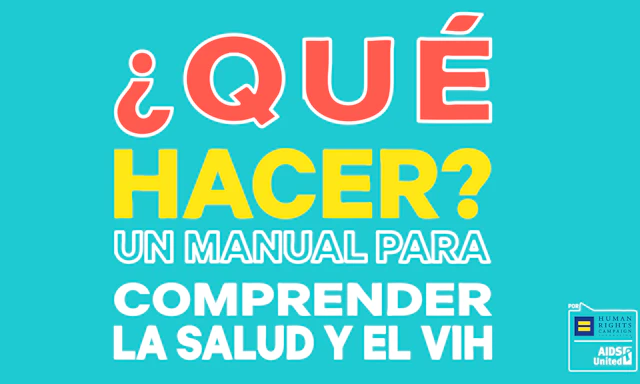
LGBTQ+ Youth in the Foster Care System

Every one of us can do our part to improve the experiences of LGBTQ youth in America’s foster care system.
In this brief we’ve laid out a foundation of research on the experiences of LGBTQ+ youth in foster care, and have included steps to take for policymakers, agency and child welfare professionals, and for current foster parents or other caring adults.
What is foster care?
Foster care is defined as “24-hour substitute care for children placed away from their parents or guardians and for whom the [State] agency has placement and care responsibility. This includes, but is not limited to, placements in foster family homes, foster homes of relatives, group homes, emergency shelters, residential facilities, child care institutions, and pre-adoptive homes.”
How many youth are in foster care nationally?
- More than 391,000 children and youth are in foster care in the U.S.
- 30% of youth in foster care identify as LGBTQ+.
What does it mean that LGBTQ+ youth are “over-represented” in foster care?
Research has shown that LGBTQ+ youth are over-represented in the foster care system. This means that the percentage of youth in foster care who are LGBTQ+ identified is larger than the percentage of LGBTQ+ youth in the general youth population. LGBTQ+ youth in foster care also face disparities – differences in experiences in care or treatment by the system.
Why are LGBTQ+ youth in foster care?
LGBTQ+ youth enter the foster care system for many of the same reasons as non-LGBTQ+ youth in care, such as abuse, neglect, and parental substance abuse. Many LGBTQ+ youth have the added layer of trauma that comes with being rejected or mistreated because of their sexual orientation, gender identity or gender expression.

- Topics:
- LGBTQ+ Youth
- Parenting
- Research
Love conquers hate.


